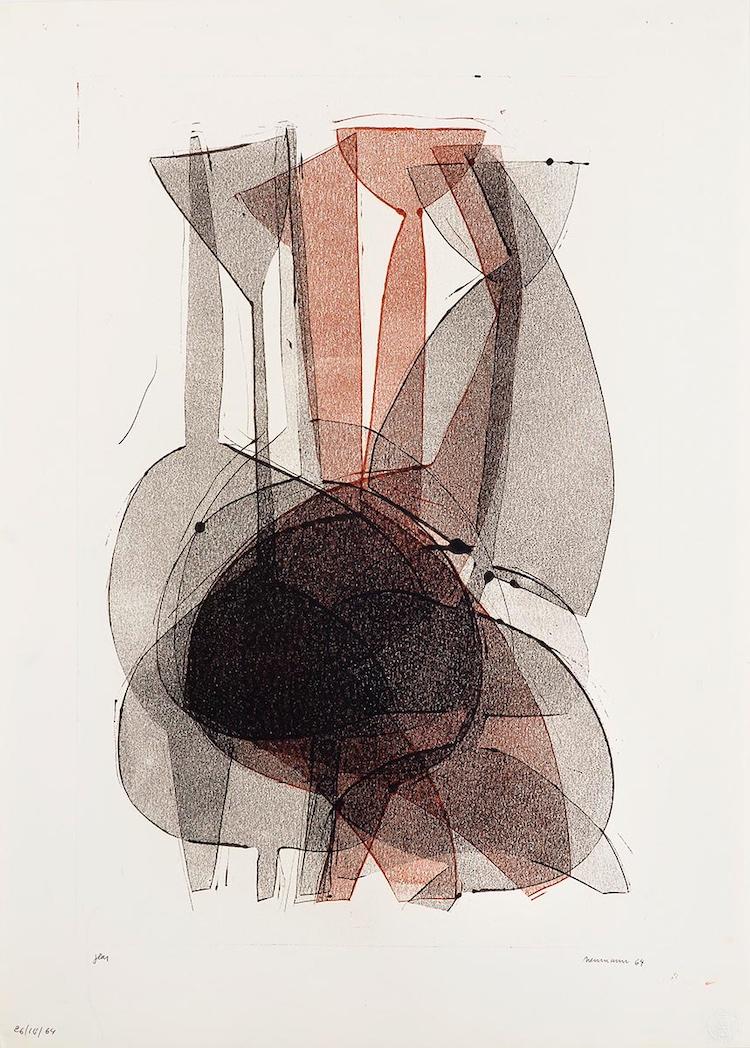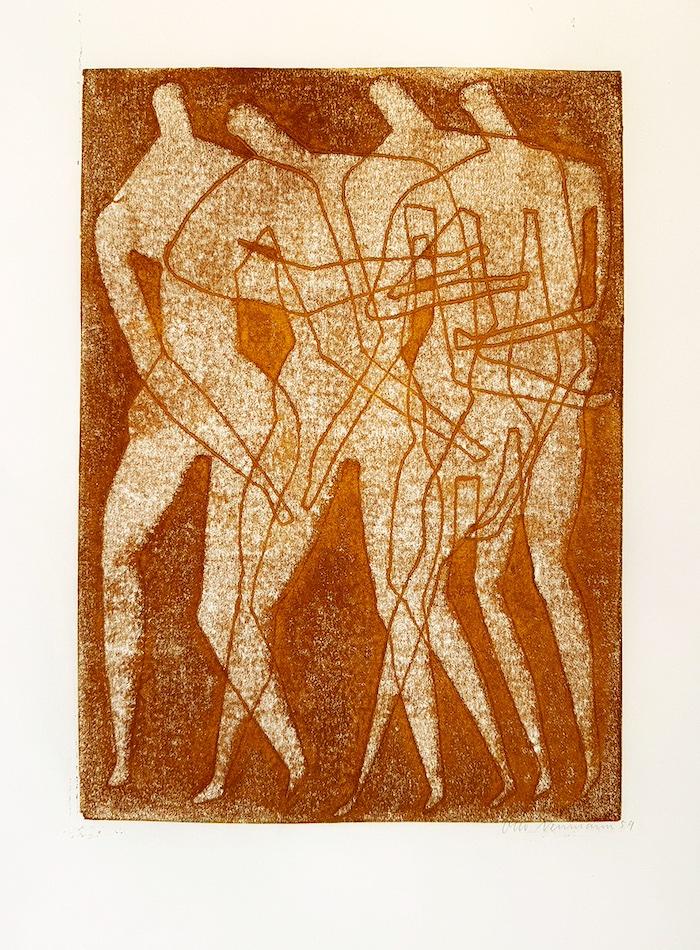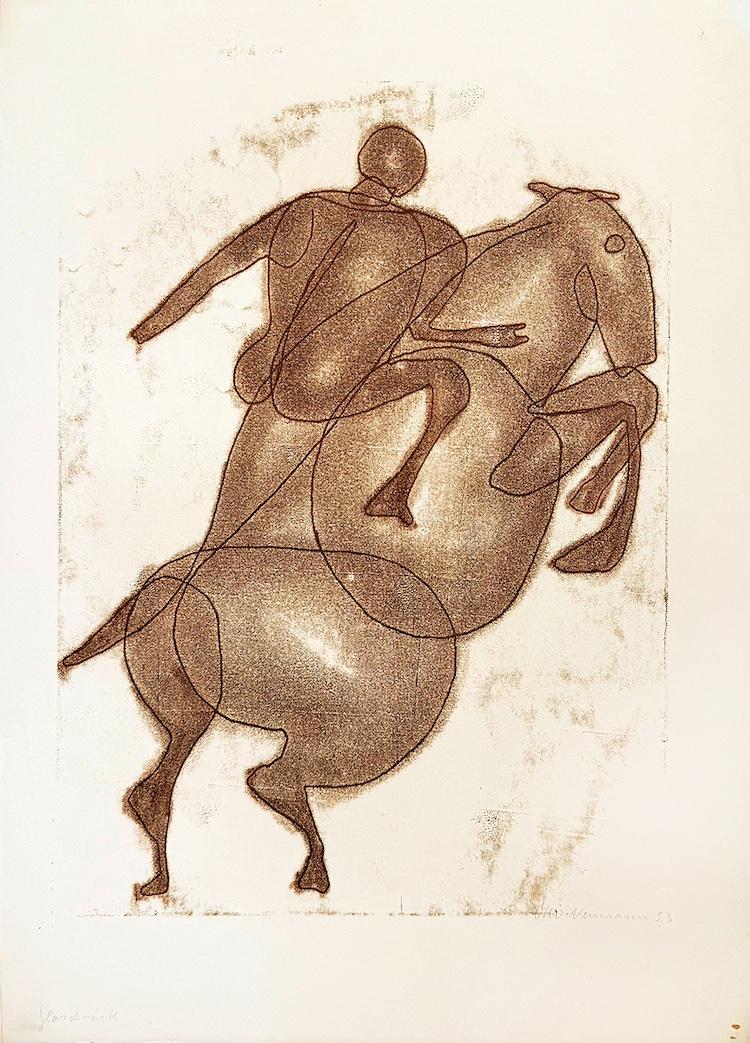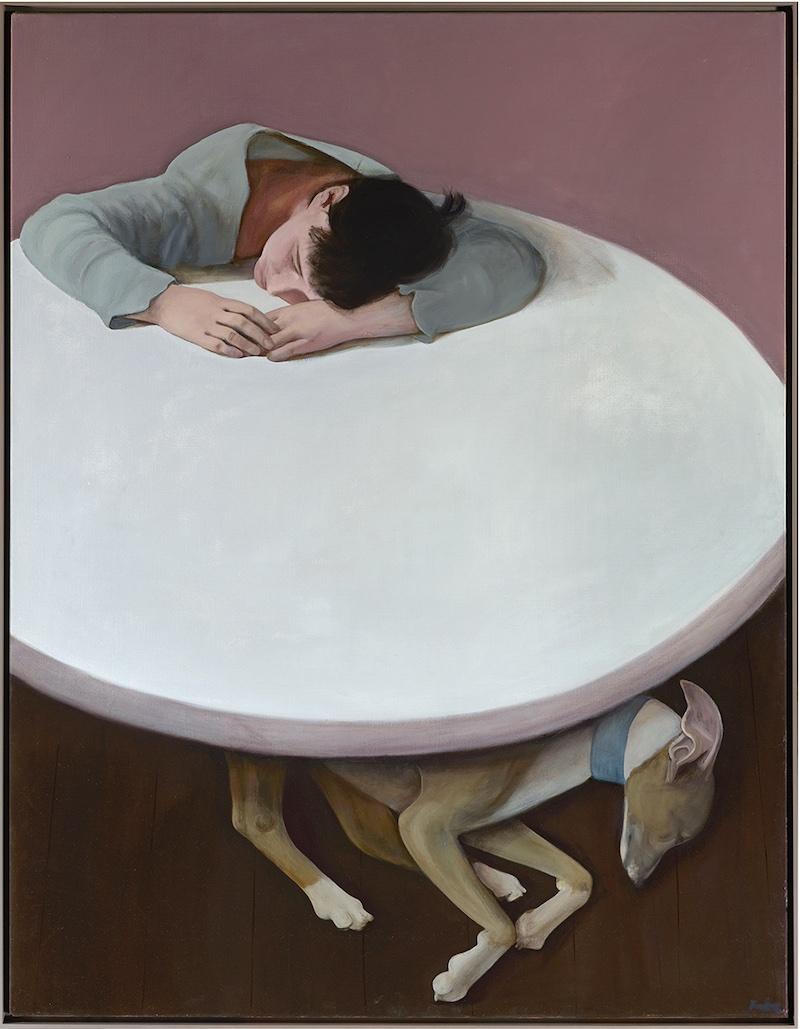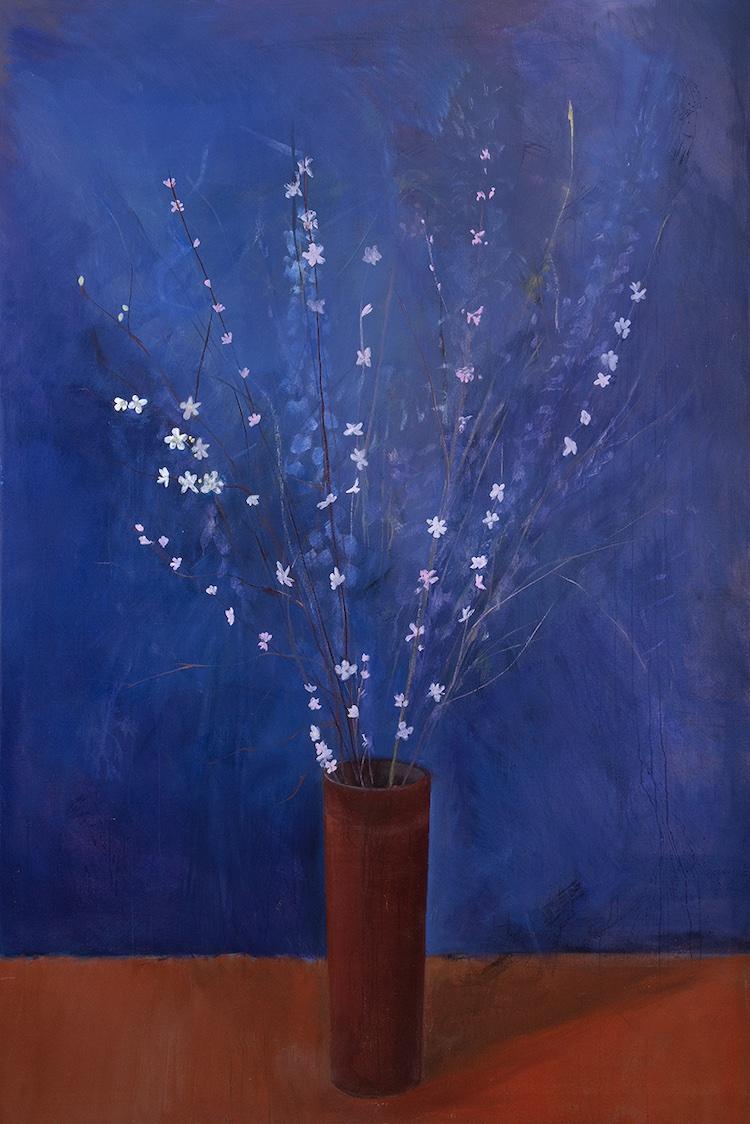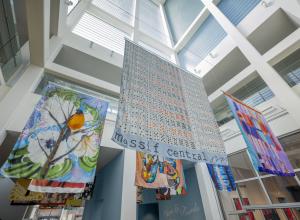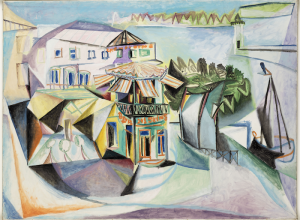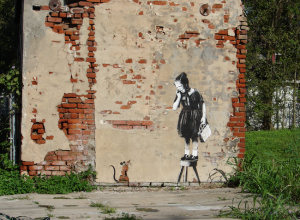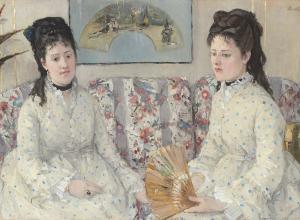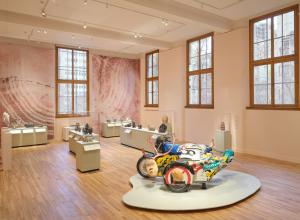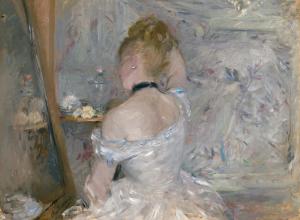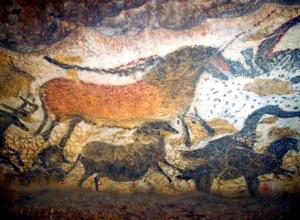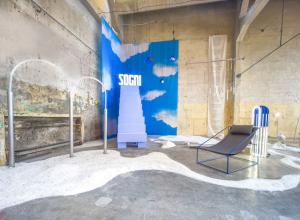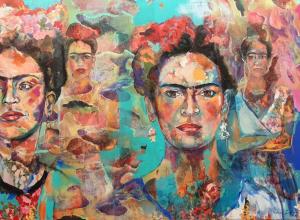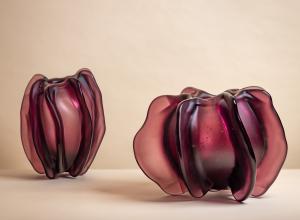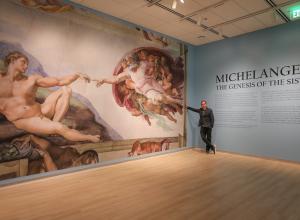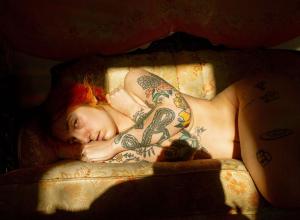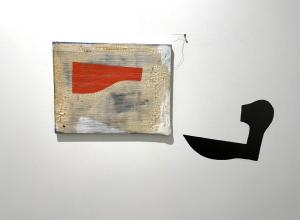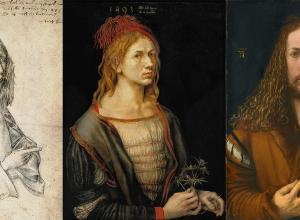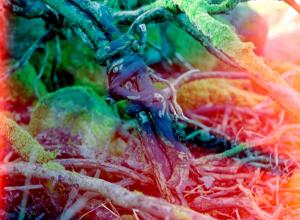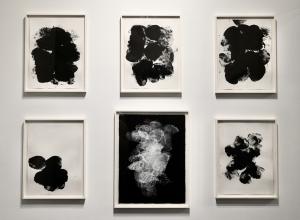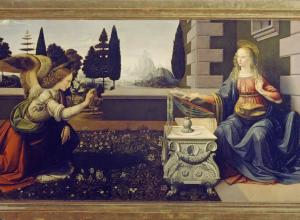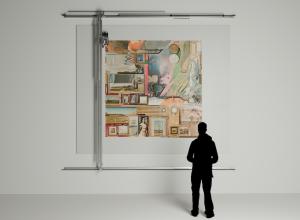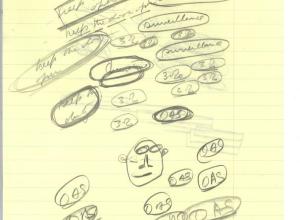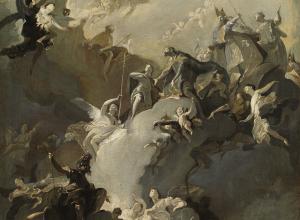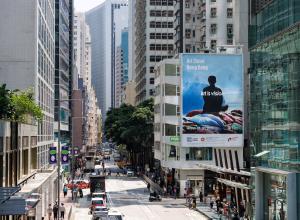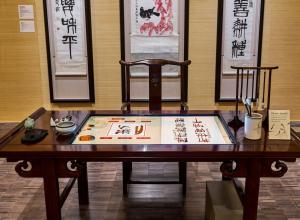OTTO NEUMANN (1895-1975) was born in Heidelberg, Germany, the son of a professor of Romance Languages at the University of Heidelberg, “one of the great intellectual centers of Europe,” notes scholar Dr. David Sokol. Growing up, Neumann benefited from this academic and cultural environment. He married his life’s companion, Hilde Rothschild, in 1929, and two world wars would significantly impact both their lives and his work.
The works on exhibition illustrate Neumann’s preoccupations with the human figure; sculptural abstract shapes; and rare, figurative interpretations of men on horses primarily from the 1950’s onward. One standout piece from an earlier period is a 1934 linocut print depicting warrior-like male figures.
Significant of his later work is Neumann’s adaptation of the monotype print as the major vehicle for his artistic expression. Between 1950 and 1972, he produced hundreds of monotypes with constant refinement and adjustment. The abstracted figures have a sense of monumental proportion counterpoised by the flowing and lyrical quality of the continuous line technique he employed in earlier works. In these pieces Neumann allowed shape, tone, and line to attain full importance.




